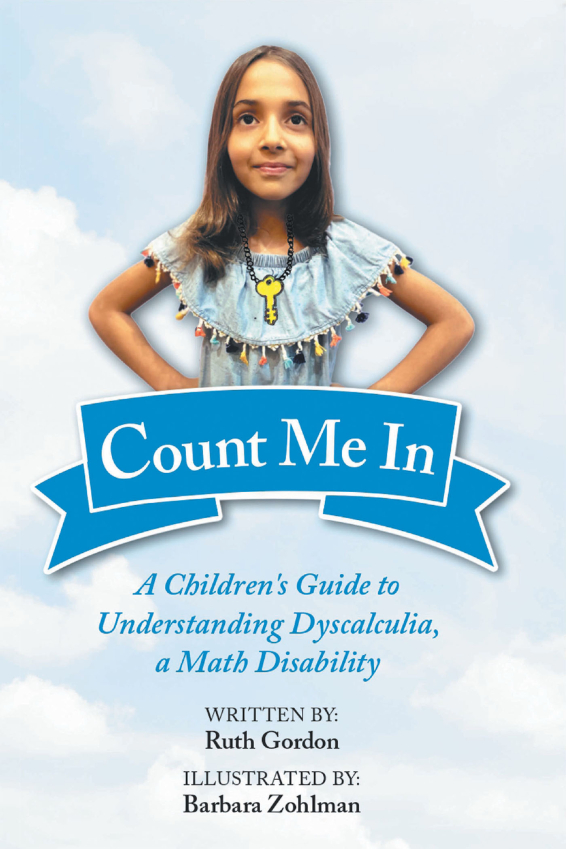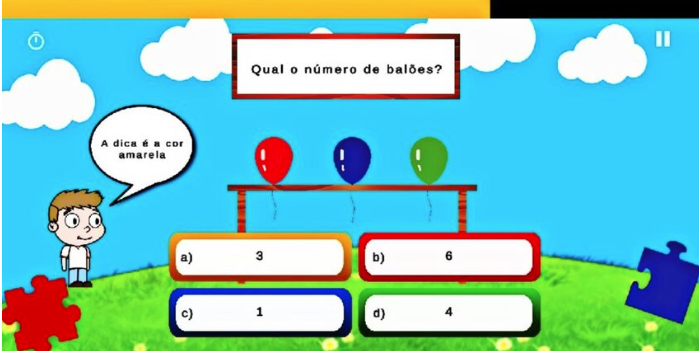Imagine soaring high above the earth, with the wind in your face and the sun on your back, riding on the wings of a magnificent kite. While this may sound like a recreational activity, kites have a wide range of real-life applications that make them more than just a fun pastime.
Geometry and geometric figures have various real-life examples. Similarly, from scientific research to military surveillance, kites have been used throughout history for a variety of purposes, showcasing their versatility and utility as a tool. In this discussion, we will explore some of the most impressive and fascinating real-life examples and applications of kites, highlighting how these simple yet effective devices have shaped our world.
Rising high: Exploring real-life examples of the kite shape
1. Kites
Kites are a classic example of the kite shape. They typically have two pairs of equal sides and one pair of unequal sides, creating the familiar diamond shape. Kites are often flown on windy days for recreation and fun and can be found in a variety of colors, shapes, and sizes.
2. Diamond Rings

Many diamond rings incorporate the kite shape as part of their design. This can be seen in the shape of the setting or the band, adding a unique and modern touch to the ring. Kite-shaped diamonds can also be used as a centerpiece in the ring, creating a stunning and eye-catching piece of jewelry.
3. Earrings

Kite-shaped earrings are a popular jewelry design. They can be found in many different styles, including stud and drop earrings, and are a unique and trendy way to accessorize any outfit. Kite-shaped earrings can be made from a variety of materials, such as metals, stones, and gems.
4. Stained Glass Windows

The kite shape is often used in stained glass window designs, creating beautiful and intricate patterns that are brought to life when the light shines through. Stained glass windows can be found in many buildings, such as churches and museums, and can add a sense of beauty and wonder to the space.
5. Windowpanes
The kite shape can also be found in some windowpane designs, adding a modern and unique look to the architecture of a building. Kite-shaped windowpanes can be made from a variety of materials, such as glass, wood, or metal, and can be used in both residential and commercial buildings.
6. Kite-shaped paper clips

They are a type of paper clip that is designed to resemble the shape of a kite. They are typically made of metal wire and have two loops at the top, which can be used to hold sheets of paper together. They are popular among people who want to add a little bit of fun and personality to their office supplies.
7. Party Decorations

Kite-shaped decorations are a playful and whimsical addition to any party decor. They can be found in a variety of colors and materials, adding a fun touch to the festivities. Kite-shaped decorations can be hung from the ceiling or placed on tables, adding a festive touch to any occasion.
8. Yoga Posture

The Kite posture in yoga involves standing on one foot with the other leg lifted and extended behind the body, creating a kite shape with the body. This posture can help improve balance, strength, and flexibility. The kite shape of the body in this posture can also help improve posture and alignment.
The Relationship between rhombuses and kites: Understanding the similarities and differences.
The relationship between rhombuses and kites is an important concept in geometry. It is often stated that all rhombuses are kites, but all kites are not rhombuses. This means that there is a certain degree of similarity between these two types of quadrilaterals, but they also have distinct features that set them apart.
Understanding the characteristics and differences between rhombuses and kites is essential to solving geometry problems and making accurate measurements. Furthermore, many geometry activities can also help with the understanding of the same. In this context, it is important to explore the features and conditions that make this conclusion true.
Rhombuses and kites: Features, differences, and conditions
Features of Rhombuses:
- A rhombus is a quadrilateral with four equal sides.
- The opposite angles of a rhombus are equal.
- The diagonals of a rhombus intersect at right angles.
- A rhombus has two pairs of parallel sides.
Features of Kites:
- A kite is a quadrilateral with two pairs of equal adjacent sides.
- The two non-adjacent angles of a kite are equal.
- The diagonals of a kite intersect at right angles.
- A kite has one pair of parallel sides.
Therefore, while all rhombuses are kites, not all kites have the additional properties necessary to be classified as rhombuses.
Let’s soar high: Effective strategies for teaching about the kite shape
Kites are a fascinating and fun subject to teach in geometry class. However, some students may struggle to understand the concept of the kite shape, which can be a challenging shape to grasp. To make it easier for your students to learn about this shape, it is important to use effective teaching strategies that cater to different learning styles.
1. Real-world examples: From cubes to cylinders to even squares, every shape has some or other real-life example. Hence, start by showing real-world examples of kites. Bring in a few different types of kites, or show pictures of kites in different shapes and sizes. Ask students to identify the common features of kites, such as the two pairs of congruent sides and the diagonals that intersect at right angles.

2. Hands-on activities: Provide students with materials to construct their own kites. You could use paper, string, sticks, or you could use pre-made kite kits. As they construct their kites, encourage them to pay attention to the shape and angles of the kite.
3. Geometry software: Use geometry software such as Geogebra or Desmos to demonstrate how the kite shape can be constructed and manipulated. This can be particularly useful for showing how the diagonals of a kite bisect each other, and for exploring the properties of quadrilaterals in general.
4. Collaborative problem-solving: Give students a problem that involves kites, such as finding the area or perimeter of a kite with specific measurements. Collaborative learning encourages them to work in pairs or small groups to solve the problem and to explain their reasoning to each other.
5. Visual aids: Use visual aids such as posters or diagrams to help students visualize the properties of kites. For example, you could create a poster that shows the angles and sides of a kite, or a diagram that shows how the diagonals of a kite intersect at right angles. These aids can help students better understand the geometry of kites and how they relate to other shapes.
Summing up
In conclusion, kites are not just a fun toy to play with, but they have real-life applications and examples that can be seen all around us. From the kite-shaped wings of airplanes to the kite-like shape of a diamond, the kite shape is a versatile and important geometric shape. It can also be seen in the design of wind turbines and other structures that rely on aerodynamics.
Moreover, the cultural significance of kites in different parts of the world further highlights their importance. As educators, we can use kites to teach students about geometry, physics, culture, and creativity. By incorporating kite-related activities into the curriculum, we can help students understand the practical applications of geometric shapes and inspire them to explore the world around them. Furthermore, these can also be clubbed with some geometry quotes to make the class and the interaction between students and teachers even more interesting.




